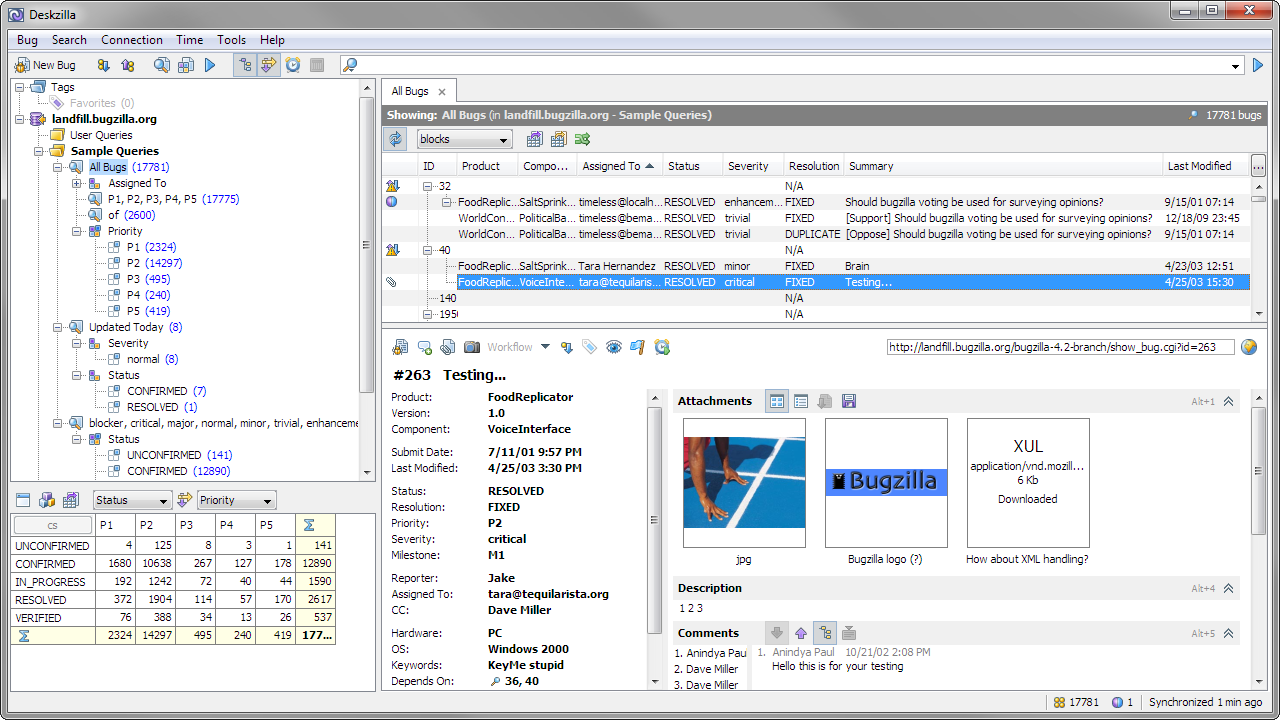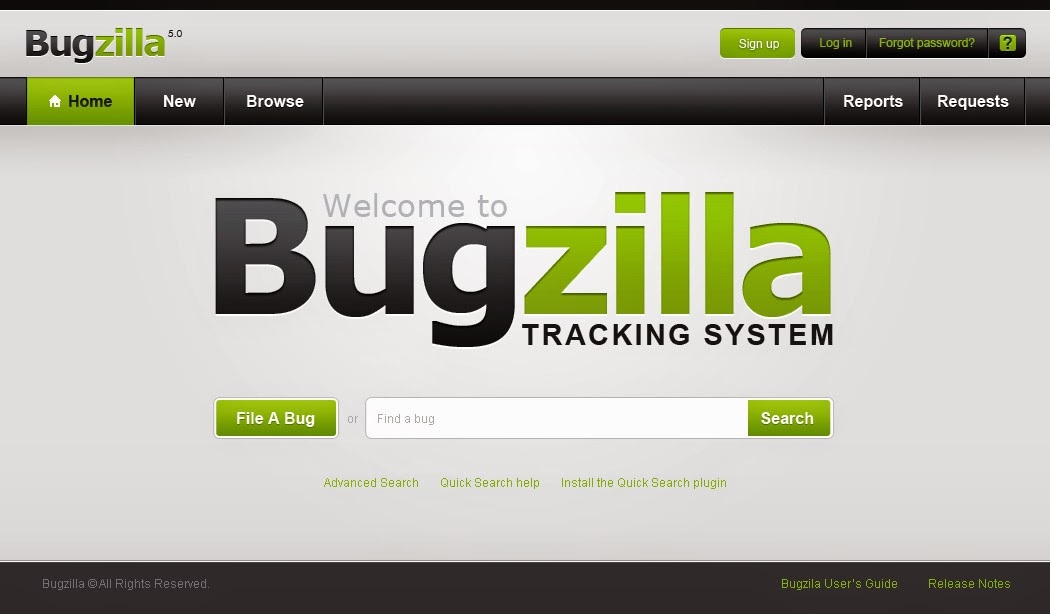

Hence, to install MariaDB on CentOS 8, run the command belows cat /etc//mariadb.repoĮOF dnf install galera-4 -y dnf -disablerepo=appstream install MariaDB-server MariaDB-client Check that we installed the MySQL perl module above. Similarly, for the database, you can PostgreSQL instead.

Start and enable Apache service to run on system boot systemctl enable -now httpd Install and Configure Bugzilla Database on CentOS 8 Install MariaDB database on CentOS 8 Hence, you can install Apache on CentOS 8 by running the command below dnf install httpd httpd-devel You can use any other web server of your preference, but this guide used Apache. (with 51 registered patches, see perl -V for more detail)Ĭopyright 1987-2018, Larry Wall Install Apache Web Server You can then verify the version of installed Perl on CentOS 8 using the command below perl -v This is perl 5, version 26, subversion 3 (v5.26.3) built for x86_64-linux-thread-multi dnf install perl perl-CPAN perl-DBD-MySQL gcc gd gd-devel graphviz patchutils perl- wget curl Install Perl on CentOS 8, and other required package dependencies. However, if possible you should install Perl 5.12 or newer, as these newer versions have some useful improvements which will make your life easier.Įnable other required repos dnf install epel-release dnf config-manager -set-enabled powertools Bugzilla 5.0 and newer require Perl 5.10.1. Perl is the core requirement of installing and running Bugzilla. Well, once you setup your server with your desired requirements, you can proceed to install Bugzilla.
#BUGZILLA 5 SOFTWARE#
These include the system OS, the hardware and software requirements as outlined on Bugzilla requirements page. In order to install Bugzilla bug tracker on CentOS 8, there are a few system considerations you might want to make. Sanity Check Install Bugzilla Bug Tracker on CentOS 8 Prerequisites.Control Bug Visibility/Editing with Groups.mod_perl Support for Excellent Performance.Extension Mechanism for Highly Customizable Installations.Automatic Username Completion or Drop-Down User Lists.Scheduled Reports (Daily, Weekly, Hourly, etc.) by Email.

#BUGZILLA 5 MANUAL#
poudriere would build it and deploy as a part of normal upgrade with minimum manual involvement. The way I think it should work is we need to keep our own tree, sync with upstream on releases like I tried to do here: (which is not hard because we make only minor changes to the upstream code) and have a bugzilla-freebsd port for it, either in main tree or in clusteradm tree. We used to have couple of modifications to main Bugzilla code but they were overwritten some time ago, and since nobody complained loudly I never got around to restoring them :( pl scripts in main directory, like committers sync, and on every upgrade installation script removes execute permission from them, so I have to login and fix it. Since most of our modifications are plugins and reside in extensions/ directory, they are not touched by the upgrade and just dragged on from version to version.

We have stock bugzilla50 installed on kenobi with some local modifications and whenever the port is upgraded the next jail refresh brings in a new version. But this is something I wanted to discuss with way upgrade "works" right now is as follows. (In reply to Kubilay Kocak from comment #0)


 0 kommentar(er)
0 kommentar(er)
